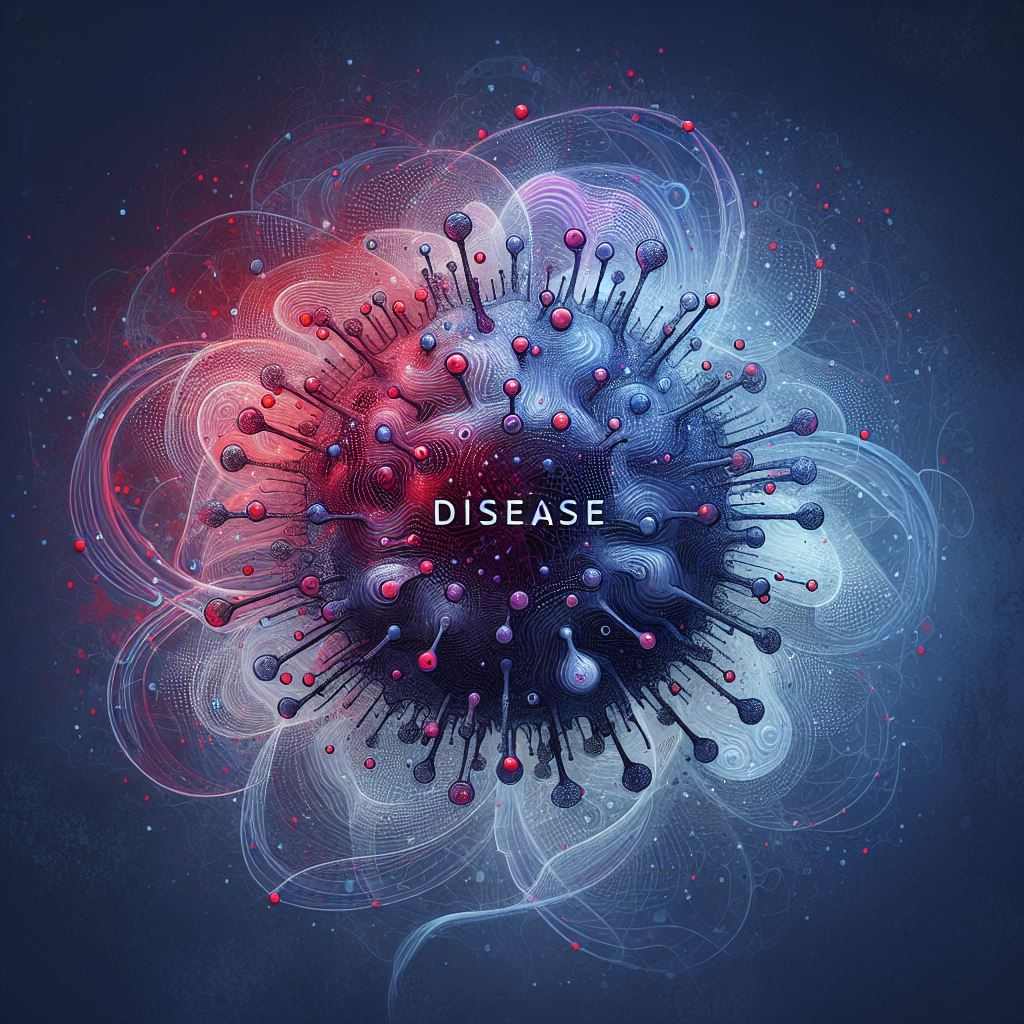What is wireless charging?
You can charge devices like phones wirelessly and without a cable. To charge the device, simply place it close to a charging outlet. In this manner, gadgets can be made more robust and waterproof. Because there is no chance of damage from using the incorrect plug, it is also more dependable. Faraday’s law, a scientific principle also applied to transformers and motors, is the basis for this charging.
What is the process for wireless charging?
With the introduction of Qi wireless charging in Apple’s iPhone 8, iPhone 8 Plus, and iPhone X, wireless charging is expected to become much more commonplace. It can also be found on some Android phones, like the Galaxy Note 8, Galaxy S8, and Galaxy S7 from Samsung. The majority of remote chargers make use of appealing reverberation and acceptance. They promise that you will not need to tinker with connections because you can place a device on a surface and it will charge appropriately.
In 1899, the creator Nikola Tesla started playing out the principal fruitful trials on remote power exchange. His underlying achievement persuaded him that one day power would be transmitted around the planet without the requirement for links. It assumed control for 100 years, yet his fantasy of sans-wire control transmission was acknowledged in the long run—however, maybe not by the techniques he imagined.
Current remote power draws on a similar rule that Tesla researched over a century prior: enlistment. Electromagnetic acceptance—utilizing an electromagnetic field to exchange control between two articles—shapes the premise of all cutting-edge wireless charging, as well as things like contactless installation, cooktops, and remote speakers.
Remote chargers produce a rotating attractive field by means of the transmitter curl, which thusly incites an exchanging voltage/current in the beneficiary loop inside the gadget. All things considered, it’s basic.
Wireless charging as an idea has been around since innovator and physicist Nikola Tesla initially reasoned that you could exchange control between two articles through an electromagnetic field, said Ron Resnick, leader of the Power Matters Alliance, which has a wireless charging convention.
Basically, wireless charging utilizes a circle of wound wires around a bar magnet, which is known as an inductor. At the point when an electric current goes through the snaked wire, it makes an electromagnetic field around the magnet, which would then be able to be utilized to exchange a voltage, or charge, with something adjacent, Resnick said.
Most remote power stations these days utilize a tangle with an inductor inside, although electric toothbrushes, for instance, have long had wireless charging implanted in their bases. Since the quality of the electromagnetic field drops strongly with removal (as the square of the separation between the articles), a gadget must be genuinely near a charging station to get much power that way, Resnick said.
Be that as it may, despite the fact that the fundamental idea of wireless charging has been comprehended for over 100 years, researchers hadn’t made sense of an approach to proficiently exchange a lot of energy utilizing this procedure, Resnick said. The measure of electric charge exchanged is relative to the quantity of curls that can be circled around the modest bar magnet and the quality of the magnet. As of not long ago, wires and hardware couldn’t be made sufficiently small and efficient enough to make wireless charging possible.
Coming back to Tesla’s unique trials, an impact called resonant inductive coupling enabled the innovator to securely transmit control over more than a few meters. Maybe the most prevalent wireless charging standard, Qi, has as of late been refreshed to enable an adaptation of this to be executed in perfect gadgets. The outcome is that the charging range has expanded to four centimeters.
Regardless of the innovation, beginning with wireless charging is truly straightforward. In the event that you need to charge your cell phone remotely, you’ll require a cell phone that supports wireless charging and a good wireless charging mat to put your telephone on. You can likewise buy connectors to add wireless charging to telephones that do not support it. On the off chance that your telephone doesn’t support wireless charging, you can include support for remote charging with an extraordinary telephone case or wireless charging connector that you stick on the back of your telephone and connect to its energy port.





